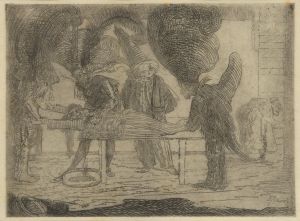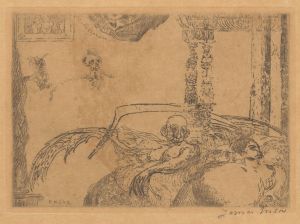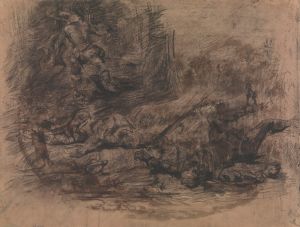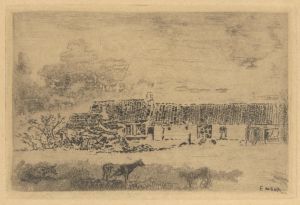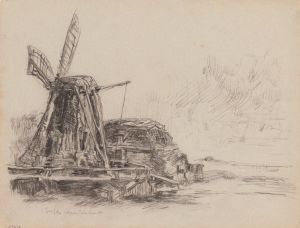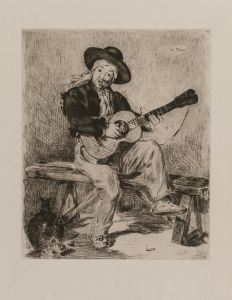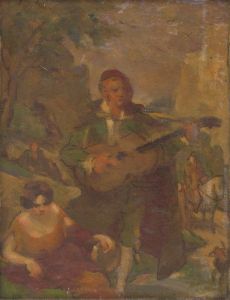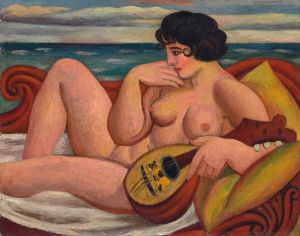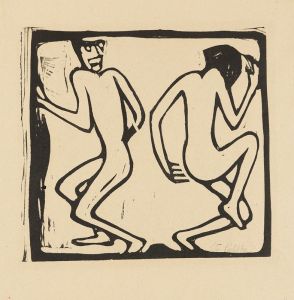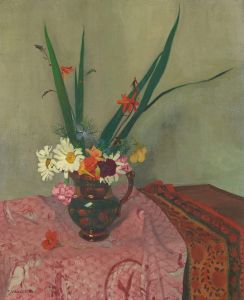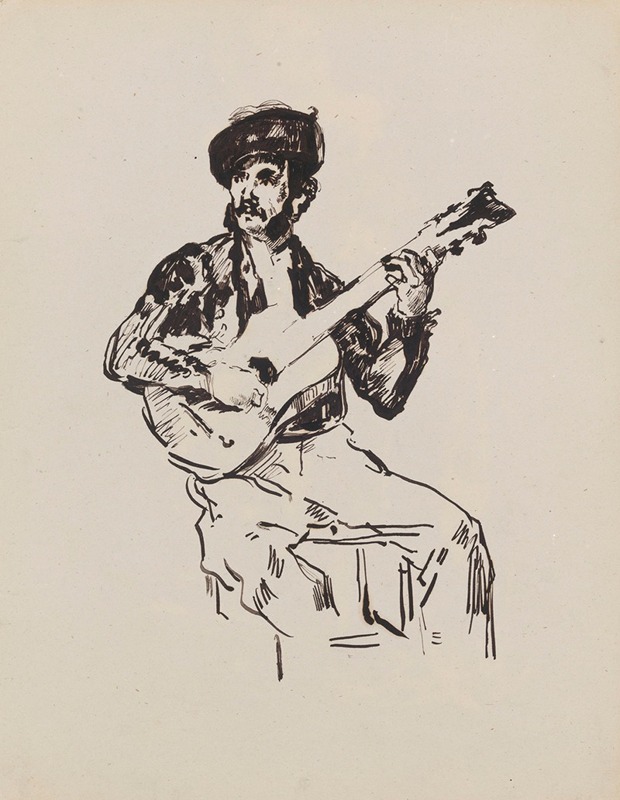
The Guitarist
A hand-painted replica of James Ensor’s masterpiece The Guitarist, meticulously crafted by professional artists to capture the true essence of the original. Each piece is created with museum-quality canvas and rare mineral pigments, carefully painted by experienced artists with delicate brushstrokes and rich, layered colors to perfectly recreate the texture of the original artwork. Unlike machine-printed reproductions, this hand-painted version brings the painting to life, infused with the artist’s emotions and skill in every stroke. Whether for personal collection or home decoration, it instantly elevates the artistic atmosphere of any space.
James Ensor was a Belgian painter and printmaker, known for his innovative and often provocative works that contributed significantly to the development of modern art. One of his lesser-known works is "The Guitarist," which exemplifies some of the key elements of Ensor's artistic style and thematic interests.
"The Guitarist" was created during a period when Ensor was exploring various themes, including music, performance, and the human condition. While specific details about the painting's creation date and its current location are not widely documented, it is consistent with Ensor's broader body of work, which often features a blend of realism and fantastical elements.
Ensor's style is characterized by his use of vivid colors, expressive brushwork, and a penchant for the grotesque and the satirical. In "The Guitarist," these elements may be present, reflecting his interest in capturing the essence of his subjects in a manner that transcends mere representation. Ensor often depicted musicians and performers, possibly as a reflection of his fascination with the theatricality of life and the masks people wear in society.
The painting likely features a guitarist, possibly depicted in a setting that combines elements of reality and imagination. Ensor's works frequently include a sense of drama and tension, achieved through his dynamic compositions and the emotive quality of his figures. This approach can be seen as a precursor to later Expressionist movements, where the focus shifted towards conveying emotional experiences rather than adhering strictly to realistic depictions.
Ensor was part of the avant-garde movement in Belgium and was associated with the group Les XX, which included artists who were pushing the boundaries of traditional art forms. His work, including "The Guitarist," often challenged conventional norms and invited viewers to engage with art on a more introspective level. Ensor's influence extended beyond his immediate circle, impacting artists across Europe and contributing to the evolution of modern art.
While "The Guitarist" may not be as widely recognized as some of Ensor's other works, such as "The Entry of Christ into Brussels in 1889," it remains an important piece within his oeuvre. It reflects his ongoing exploration of themes related to identity, performance, and the human psyche. Ensor's ability to blend humor, irony, and a deep understanding of human nature is evident in his portrayal of musicians and performers, making "The Guitarist" a valuable example of his artistic vision.
In summary, "The Guitarist" by James Ensor is a work that encapsulates the artist's unique approach to painting, characterized by its vibrant color palette, expressive technique, and thematic depth. It serves as a testament to Ensor's role as a pioneer of modern art, whose influence continues to be felt in the art world today.





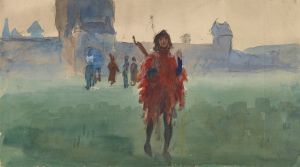
![Design for mural inside of theater.] [Interior wall mural study](/imgs/249291/s/winold-reiss-design-for-mural-inside-of-theater-interior-wall-mural-study-ef62eeaf.jpg)
